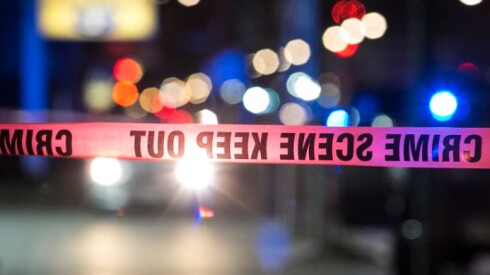Since its founding in 1984, Metra has largely operated on Eisenhower-era train schedules mainly timed to ferry 9-to-5 office workers in and out of the Loop — something the commuter rail agency is now working to change.
And with good reason. With its ridership still dramatically reduced as downtown struggles to regain office workers in the wake of pandemic shutdowns in 2020, the agency wants to lure riders who are looking to make non work-related trips.
“We feel the need to really market ourselves to attract new riders,” Michael Gillis, Metra’s director of communications, told WBEZ last week.
But to that, lawmakers in Springfield and Washington D.C. must do what’s been needed for decades: find the courage and the funding to expand and transform Metra.
Of course, substantially improving Metra won’t be cheap. Lawmakers, Metra and RTA are facing a $730 million fiscal cliff that affects the agency, the CTA and Pace in 2026 when COVID-related emergency federal assistance cash is spent. And that’s just to keep the system as it is now.
The additional trains and more frequent schedules to make Metra flexible enough to expand beyond its office-worker base will require millions more. And the increased traffic could also require working out new lease agreements with the freight rail companies that own the tracks on which many Metra lines run.
But if officials have to take out the pencils and banker’s eyeshades to figure out its $730 million problem anyway — why not also address Metra’s future and finally give the region the modern commuter rail service it needs?
Luckily, the Chicago Metropolitan Agency for Planning is working on the issue as part of what will be a wide-ranging set of transportation recommendations to be presented to the Illinois General Assembly by year’s end.
Meanwhile, an interesting byproduct of the Chicago Air & Water Show and the BMW PGA golf championship, both taking place last weekend, is that the Metra Electric Line — often a transportation ghost town on Saturdays and Sundays — picked up an extra 1,500 to 2,000 riders each day.
The PGA championship took place at the Olympia Fields Country Club. Images of a packed platform at the Olympia Fields Metra stop made their way onto social media.
Golf fans deciding to make their way to the event on the rails rather than the roads is just the thing Metra and the region needs.
Now it’s up to lawmakers to get us there.
The Sun-Times welcomes letters to the editor and op-eds. See our guidelines.





